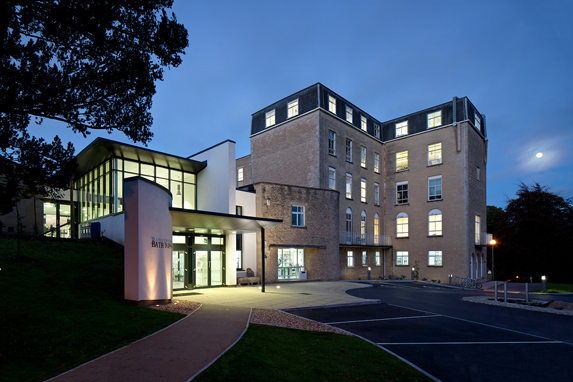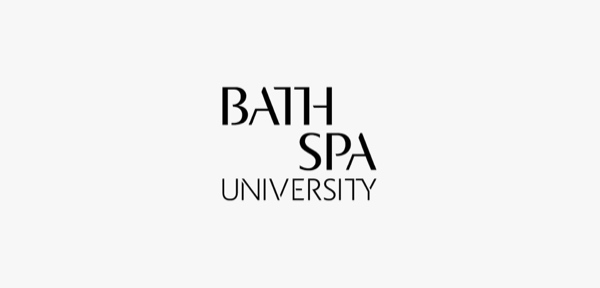Bath School of Art and Design is a beautiful place to learn. It prepares you for a creative career better than anywhere else. Its lecturers and facilities get you ready with the skills and knowledge you need to challenge the established order.
We believe in individuals, and aim to provide the space and time for people to think and do. At the School horizons expand and knowledge deepens through exploration in ideas, experimentation in process, engagement with the Creative Industries, and from the exceptional academic and technical support.
We value skills developed from research, observation, reflection and drawing, so we have the equipment and facilities to develop these skills through processes and materials to successful creative outputs.
Bath School of Art and Design is situated in one of Britain’s most beautiful and historic towns. At the top of Sion Hill, with exceptional views across the city is the main hub for the School, providing workshops, studios,seminar rooms, lecture theatre and the specialist library.
Working into the evenings, it is possible to see the most amazing sunsets across the valley and sometimes a deer or two in the School grounds. In the city centre, Fashion can be found in the enviable No 4 The Circus, which is just a moment away from the Fashion Museum. Additional Dartmouth Avenue artists studios are in the city’s student quarter, and the research facilities are in the very impressive setting of Corsham Court.
Established in 1852 in the City centre, Bath School of Art was founded as a result of Government debate on concerns about the strength ofinternational design and manufacture at the time of the 1851 Great Exhibition. William Harbutt the Headmaster in 1874, invented Plasticine as a teaching material for sculpture students.
The School moved to Corsham in 1946 and was renamed the Bath Academy of Art. The presence of tutors and visiting artists such as Terry Frost, Howard Hodgkin, Claus Oldenburg, Michael Craig-Martin, John Ernest, Richard Hamilton and Jim Dine, along with the establishment of a Research Centre for Arts Education funded by the Gulbenkian Foundation resulted in the Academy receiving national and international recognition.
The changes which promoted new social frameworks in the 1970/80s were reflected in new art forms, and new structures within institutions of higher art education. The closure of the Academy at Corsham and its return to the City of Bath was one part of such change, leading to the School becoming part of today’s Bath Spa University.
From age old, artisan printing techniques to cutting edge 3D printing technology, our facilities are some of the best to be found anywhere in the world. In each discipline we encourage depth of subject understanding, yet a multidisciplinary approach, and the range of exceptional equipment and workshops in wood, metal, ceramics, textiles, print, photography, plastic, casting, paint, fashion and digital technologies support this experience.




